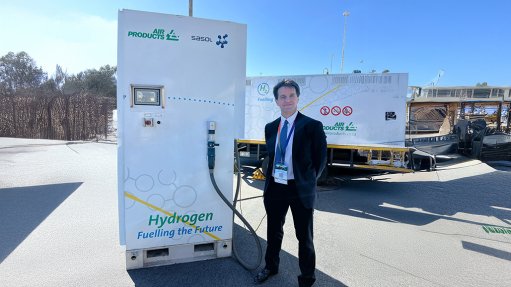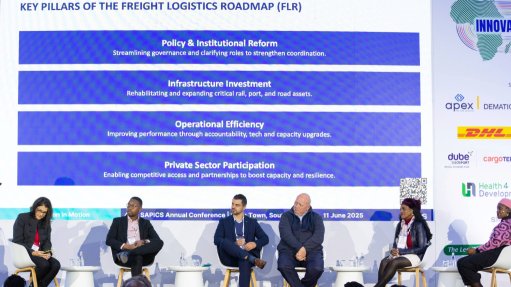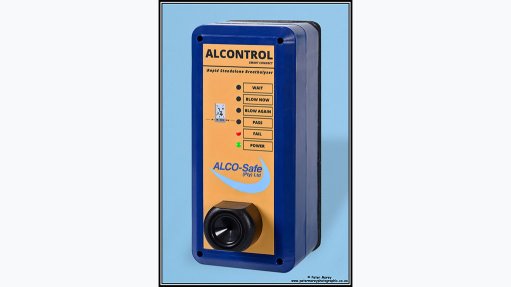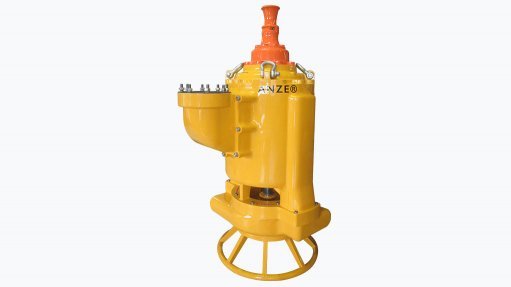Building a competitive edge with GenAI in Africa
This article has been supplied and will be available for a limited time only on this website.
By: Shakeel Jhazbhay - General Manager: Digital Business Solutions at Datacentrix
As organisations across Africa are starting to invest in Generative AI (GenAI), they must carefully assess its business impact, ensure strategic deployment and account for potential hidden costs.
The African GenAI market is on a rapid growth trajectory, with revenue projected to reach $1.54 billion in 2025. Forecasts indicate an annual growth rate of 41.52 percent expected between 2024 and 2030, resulting in a market volume of $8.75 billion by 2030.
This is according to Statista, which states that AI adoption is still at an early stage within Africa. However, these developments are being driven by rising demand for AI-powered chatbots in customer service and sales, due in turn to the increasing use of smartphones and internet penetration across the region. Statista further affirms that there is a growing focus on the use of AI for predictive maintenance in industries such as agriculture and manufacturing.
PwC’s recent report, entitled the ‘28th Annual Global CEO Survey: Sub-Saharan perspective’, shows that, while AI adoption rates in the Sub-Saharan African region are slightly lower (75 percent) than the global figure of 83 percent, the impact data reveals encouraging signs of effective implementation, with 72 percent planning to adopt or expand their AI initiatives in the next 12 months (compared to 80 percent globally).
Critical success factors for GenAI deployment
To implement GenAI successfully, businesses should focus on several critical factors. Firstly, strategic alignment is important, as bringing GenAI initiatives in line with business goals ensures relevance and value creation.
Next is data management. The success of GenAI projects is very much dependent on the availability of high-quality data. In addition, data security, privacy and governance must all be prioritised.
Talent and training are additional important factors. Building a skilled workforce capable of using and managing GenAI tools is critical, while upskilling existing employees and hiring specialised talent are additional key components.
Furthermore, the identification of high impact use cases that align with organisational priorities plays a significant role in ensuring focused deployment.
Lastly, monitoring and feedback loops are important, so businesses must look at establishing dashboards to track costs, performance and outcomes, enabling continuous improvement.
Measuring the true business impact of GenAI
While GenAI does hold transformational potential, companies must quantify where its actual value lies. This requires a combination of traditional business metrics and tailored AI-specific measures. This requires a mix of key performance indicators (KPIs) such as:
· Standard business metrics: Revenue growth, cost savings, customer satisfaction and operational efficiency are important gauges here. For example, measuring time saved in content creation or personalised customer interactions can help to quantify ROI.
· KPIs for accuracy: Metrics such as accuracy in meeting business needs can be used to evaluate GenAI’s utility, as well as quality of information, which affects the customer experience.
· Customer and employee experience: Improvements in customer experience (faster response times, for instance) or employee efficiency can also serve as measurable outcomes.
By leveraging these metrics, organisations can move beyond the hype to make data-driven decisions about their AI investments.
Beware of the hidden costs of GenAI implementation
Finally, businesses should also remain mindful of hidden costs that could impact on their AI-related ROI.
The first of these is infrastructure costs, as high computational requirements for training and running models can lead to significant cloud or hardware expenses.
Additionally, fine-tuning and maintaining AI models can become costly, particularly when customising them for specific use cases or keeping them updated over time.
Talent acquisition and retention also requires substantial financial investment, whether it be the hiring of AI experts or the training of existing staff. In addition, data preparation – the cleaning and organising of data for model training - can be resource-intensive and thus costly.
Moving forward with GenAI in Africa
Organisations that take a strategic, measured approach to GenAI will be able to take advantage of its full potential - driving efficiency, innovation and sustainable growth in Africa’s evolving digital landscape.
Comments
Press Office
Announcements
What's On
Subscribe to improve your user experience...
Option 1 (equivalent of R125 a month):
Receive a weekly copy of Creamer Media's Engineering News & Mining Weekly magazine
(print copy for those in South Africa and e-magazine for those outside of South Africa)
Receive daily email newsletters
Access to full search results
Access archive of magazine back copies
Access to Projects in Progress
Access to ONE Research Report of your choice in PDF format
Option 2 (equivalent of R375 a month):
All benefits from Option 1
PLUS
Access to Creamer Media's Research Channel Africa for ALL Research Reports, in PDF format, on various industrial and mining sectors
including Electricity; Water; Energy Transition; Hydrogen; Roads, Rail and Ports; Coal; Gold; Platinum; Battery Metals; etc.
Already a subscriber?
Forgotten your password?
Receive weekly copy of Creamer Media's Engineering News & Mining Weekly magazine (print copy for those in South Africa and e-magazine for those outside of South Africa)
➕
Recieve daily email newsletters
➕
Access to full search results
➕
Access archive of magazine back copies
➕
Access to Projects in Progress
➕
Access to ONE Research Report of your choice in PDF format
RESEARCH CHANNEL AFRICA
R4500 (equivalent of R375 a month)
SUBSCRIBEAll benefits from Option 1
➕
Access to Creamer Media's Research Channel Africa for ALL Research Reports on various industrial and mining sectors, in PDF format, including on:
Electricity
➕
Water
➕
Energy Transition
➕
Hydrogen
➕
Roads, Rail and Ports
➕
Coal
➕
Gold
➕
Platinum
➕
Battery Metals
➕
etc.
Receive all benefits from Option 1 or Option 2 delivered to numerous people at your company
➕
Multiple User names and Passwords for simultaneous log-ins
➕
Intranet integration access to all in your organisation






















